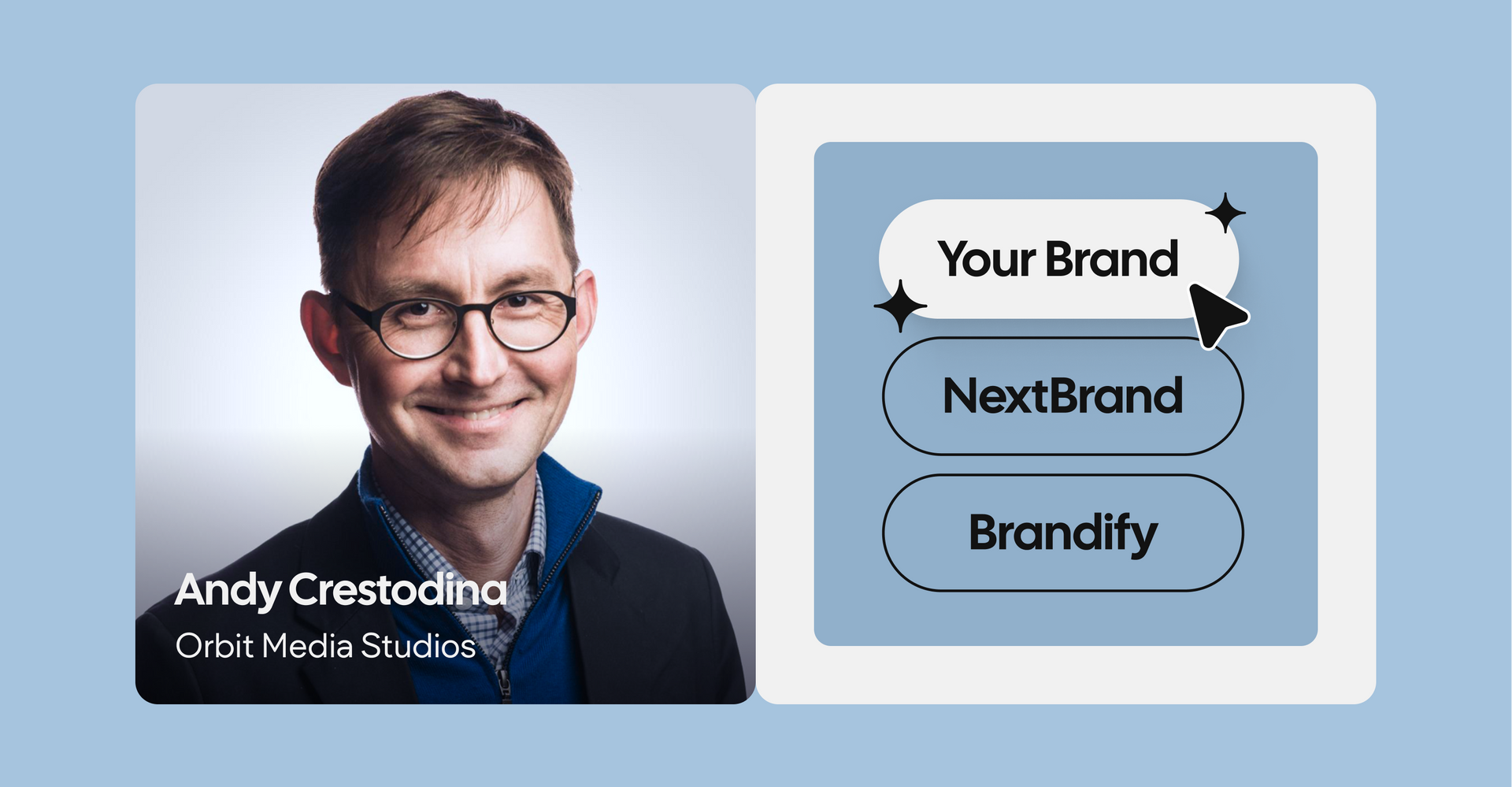This article is an adaptation of a session hosted by Cari O’Brien and Dana DiTomaso during our “5 Hours of SEO and Content” mega-webinar. The complete session is available on-demand at
duda.co/webinars.
The digital landscape is, and I know you’ve heard this before, rapidly evolving. While algorithms shift and new technologies emerge at an unprecedented pace, one fundamental principle remains the cornerstone of effective marketing: creating human-first content. As Cari O'Brien eloquently shared in her session on "Human-first content: How to connect and convert audiences in a fast-evolving digital world," the key to truly connecting with and converting your ideal audience lies not in chasing the latest trends or exploiting algorithmic loopholes, but in understanding and serving the real people behind the screens. While the tools and platforms we use may change, the core objective remains the same: to deliver value to the humans who are seeking it.
To embark on the journey of creating truly human-first content, the first crucial step is to dive deep to better understand the people we are serving. As Walt Whitman famously said, "I am large, I contain multitudes," and the same holds true for our audience. They are not one-dimensional beings defined solely by their professional roles or purchasing power; they are complex individuals with diverse interests, motivations, and pain points. To truly connect with them, we need to move beyond surface-level demographics and develop a comprehensive understanding of who they are at their core. This is where the concept of the
Ideal Customer Avatar (ICA) comes into play. Whether you call it a buyer persona, a dream client profile, or a target audience, the essence remains the same: creating a summary personification of someone real who you are ideally suited to serve. This avatar should not be a fictitious creation but rather based on real humans you want to work with.
Developing a detailed ICA involves exploring five core areas: demographics, geographics, psychographics, behaviors, and personalization. While demographics provide basic information such as age, gender, and income, and geographics tell us where they are located, psychographics delve into their mindset, including their interests, hobbies, the brands they follow, the events they attend, their typical day, their personality, values, and beliefs. Understanding these aspects allows you to connect on a deeper level by tapping into what truly resonates with them. Furthermore, analyzing their behaviors, including their current stage in their journey, the objections they might have, their price sensitivity, and their motivations, helps you tailor your content to address their specific needs at each touchpoint. Finally, personalizing your avatar by giving them a name, pronouns, and even a picture makes them feel real, enabling you to create content as if you were having an authentic conversation with them.
Once you have a clear picture of your ideal customer, the next step is to reach them where they are. This involves identifying the online spaces where they spend their time. These might include niche communities on platforms like Facebook and LinkedIn, discussions on Reddit and Quora, and chat groups on Slack and Discord. The key here is not to focus on the communities you prefer but rather on those where your audience actively participates. Once you've identified these spaces, the initial approach should be to lurk and listen. Pay attention to the questions they ask, the frustrations they express, their interests beyond your immediate niche, and what truly excites them. This passive observation provides invaluable insights into their needs and desires.
Beyond observing communities, tapping into analytics is crucial. Search analytics, social media analytics, email analytics, CRM data, and user behavior analytics from tools like
Microsoft Clarity or
Hotjar can reveal valuable information about how your audience interacts with your existing content and online presence. Pay attention to visibility, engagement, and conversions to understand what resonates and what doesn't. Lastly, and perhaps most importantly, take the time to talk directly to the people you want to serve. Conduct interviews with clients and prospects, ask key questions during onboarding, and gather feedback from current and past customers through surveys. Focus on understanding their pain points, fears, needs, and aspirations, as well as their experience working with you and the outcomes they achieved. These direct conversations provide the richest insights into their motivations and the language that resonates with them.
With a deep understanding of your audience and where to find them, the focus shifts to creating content that connects. According to Cari O'Brien, content that truly resonates exhibits four key qualities: helpfulness, usability, accessibility, and personability. Helpful content provides genuine value and answers the questions your audience has. Usable content is easy to find and consume, with clear navigation and a logical structure. Accessible content ensures that everyone can engage with it, regardless of their abilities, which includes aspects like proper formatting, clear language, and transcripts or captions for multimedia. Finally, personable content is likable and easy to connect with, showcasing empathy and authenticity. By demonstrating that you understand their challenges and by being genuine in your communication, you build trust and foster stronger relationships.
Ultimately, the goal of human-first content is not just to connect but also to convert. To encourage your engaged audience to take the next step, you need to offer specific types of content that demonstrate your value and build trust. Success stories are powerful tools for this. By showcasing the positive outcomes achieved by your past clients, you allow potential customers to see themselves in those stories and envision the possibilities of working with you. These stories build credibility and demonstrate the tangible benefits of your offerings. Furthermore, offering value upfront is crucial. This could take various forms, such as free webinars, product walkthroughs, free audits, or software trials, providing a glimpse of what you have to offer and allowing potential customers to experience your expertise firsthand.
In conclusion, as Cari O'Brien emphasized, while the digital world will continue to evolve, the fundamental principles of understanding and serving your audience remain constant. By investing the time and effort to truly know your ideal customer, meeting them where they are online, and creating content that is helpful, usable, accessible, and personable, you can build genuine connections and ultimately convert them into loyal customers. Remember, you can design and create the most wonderful online presence, but it takes understanding and connecting with people to make your dreams a reality.











